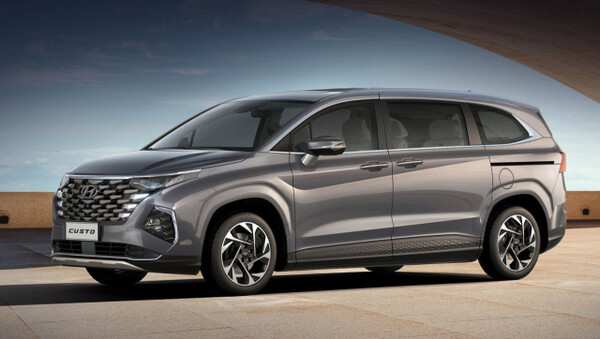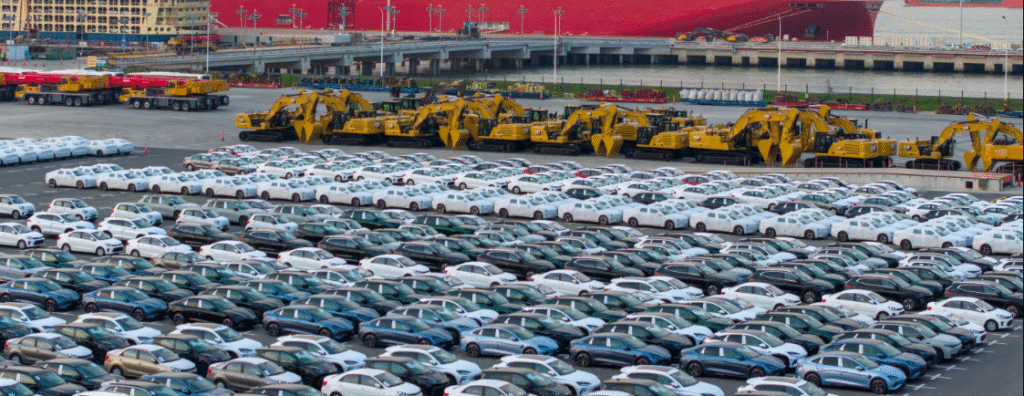In recent years, South Korean carmakers Hyundai Motor and Kia Corporation have seen a big change in how they do business in China. Instead of focusing mainly on selling cars to Chinese customers, they are now using China as a key base to export vehicles to other countries. This shift comes as the companies adapt to changes in the global car market and try to improve their business performance.
Why Hyundai and Kia Changed Their Strategy
Several years ago, Hyundai and Kia were selling large numbers of cars in China. However, things began to change. Competition from local Chinese brands grew stronger, and many Chinese buyers started preferring electric vehicles (EVs), especially those made by local companies like BYD. Hyundai and Kia found it harder to compete in this changing environment.

As a result, both companies decided to adjust their strategy. Instead of relying only on Chinese customers, they began using their factories in China to make cars for export to other countries. This move helps them make better use of their production facilities and reduce losses.
How Many Cars Are Being Exported?
Hyundai and Kia have already seen growth in exports from China. According to recent data, Hyundai exported over 70,000 vehicles from China in 2023, and Kia exported around 50,000 vehicles. These numbers are expected to rise even more in the coming years as both companies continue to expand their export operations.

This new export strategy is giving Hyundai and Kia a new purpose for their Chinese factories, some of which had been running at lower capacity in recent years. By exporting more vehicles, the companies are trying to bring stability and better results to their China operations.
Scaling Green Exports from China to the World
Hyundai and Kia are planning to significantly increase their vehicle exports from China in the coming years. Their goal is to reach more than 80 countries worldwide, expanding their global footprint far beyond traditional markets.
Currently, they aim to export up to 180,000 vehicles each year from their factories in China. This is a major step that shows how important China has become as a production and export hub for these two South Korean carmakers.
The companies are not just focusing on increasing the number of vehicles shipped. They are also working hard to introduce new car models that appeal to customers in different regions. This includes launching advanced hybrid and electric vehicles designed to meet growing demand for greener and more environmentally friendly transportation options.


 China to Train Islamabad Police with Artificial Intelligence Tools
China to Train Islamabad Police with Artificial Intelligence Tools  Over 80,000 People Evacuated After Flooding in Southwest China
Over 80,000 People Evacuated After Flooding in Southwest China